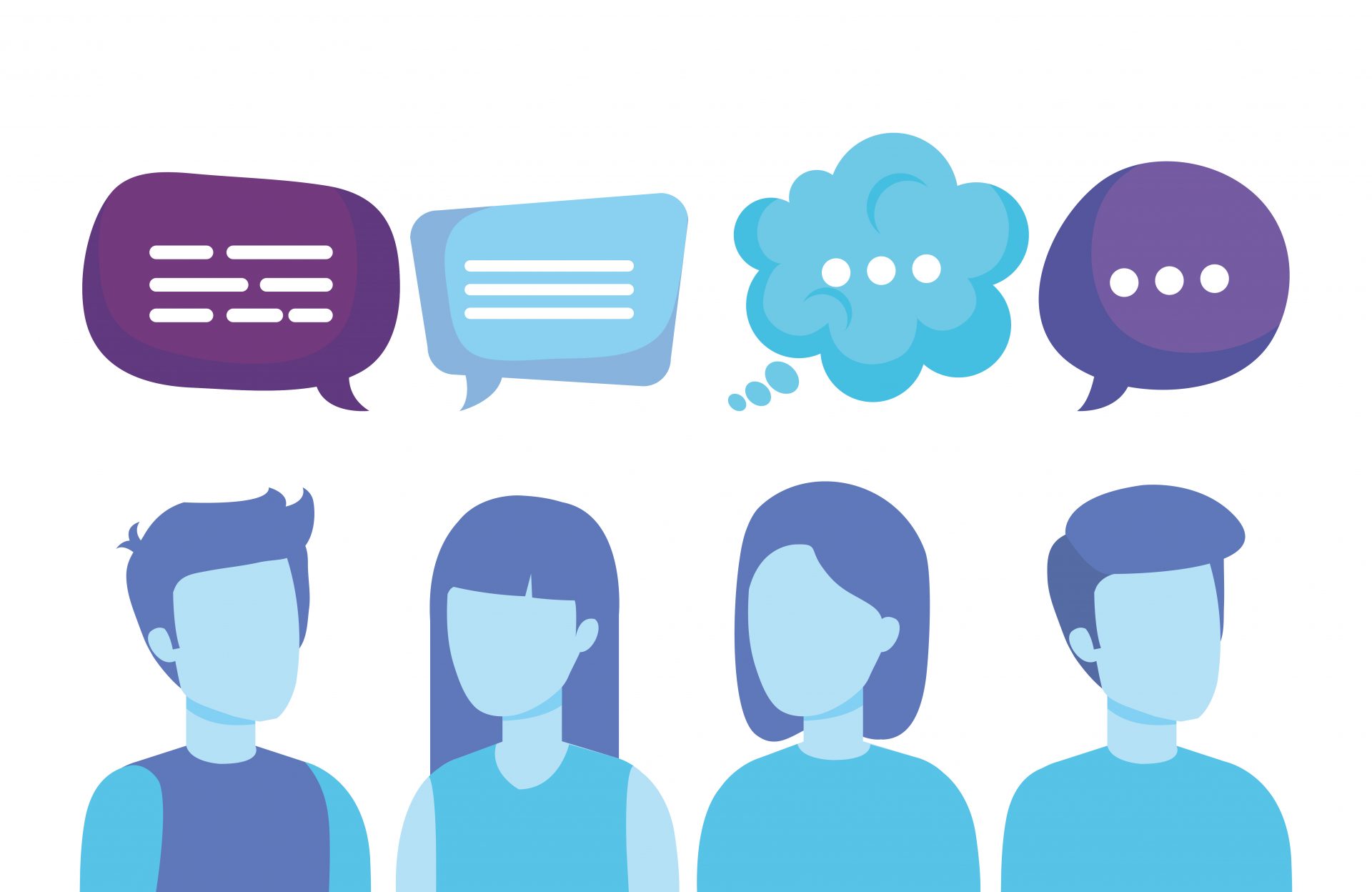
Pin en Articulos Autismo
Childhood autism is the syndrome that is characterized by permanent abnormalities in reciprocal social interaction, communication, and stereotypic behavior expressed by repetitive actions, movements or speech. Repetitive behaviors in language are represented by echolalia, which is divided into two categories, immediate or delayed. The purpose of this review article is to give a comprehensive.

Aulão Gratuito Ecolalias no Autismo? O que fazer? Sympla
Another way to get responses from your child who indulges in Echolalia is by using the three step, Cue-Pause-Point method. The first step involves using a visual or other 'cues' and verbal imitation to train your child to give a particular response. For instance, while teaching your child to say 'This is a dog', the word dog and picture.

Cartel ecolalia by Benmaceugeniaguadalupe Issuu
American Speech-Language-Hearing Association 2200 Research Blvd., Rockville, MD 20850 Members: 800-498-2071 Non-Member: 800-638-8255. MORE WAYS TO CONNECT. E-mail the Action Center. Contact the Board of Directors

Pin en Infografías con pictogramas
The Brighter side of Echolalia in Autism. Fig 6: Echolalia Autism - The Silver Lining. There is a silver lining to echolalia autism! Your child is talking, trying and learning to communicate while adapting to essential social skills and emotions. This is one part of autism therapy that you can see unfold right before your eyes!

¿Cómo afecta el diagnóstico TEA a la familia? Abro mi corazón y cuento
Echolalia can lead to communication breakdowns that increase the likelihood of social failure and stigmatization in children with autism spectrum disorder (ASD). In an effort to facilitate evidenced-based intervention and inform future research, this systematic review analyzes peer-reviewed studies involving the treatment of echolalia in individuals with ASD. Using predetermined inclusion.

Las ecolalias en el trastorno del espectro autista Yo Cuido a mi Niño
The main symptom of echolalia is the repetition of phrases and noises that have been heard. It can be immediate, with the speaker repeating something right away after hearing it. It can also be.

Pin en Necesid especiales
Here are three things you need to know about echolalia. 1. Children on the autism spectrum use echolalia because they learn language differently. Typically developing children tend to begin learning language by first understanding and using single words, and then they gradually string them together to make phrases and sentences.

Buy Diez Cosas que Todo Niño con Autismo Desearía que Supieras (Ten
Autism spectrum disorder: A large number of people with autism (about 75%) experience echolalia, either for a period of time or for their entire lives. Echolalia in autism can be a functional tool for learning to speak, or it can be a calming activity that does not lead to communicative speech.; Aphasia: Aphasia is a brain disorder that can be caused by a stroke (a blockage of blood flow or.

Las Ecolalias en el Trastorno del Espectro Autista Fundación
Self-stimulate: Your child with autism may have sensory issues. They may become overwhelmed with a particular environment, sound, or situation and find it difficult to cope. This often leads to self-stimulation or "stimming" as a calming mechanism. One stimming method is using echolalia. Communicate stress: Like many children with autism.

¿Qué son las ecolalias?
Understanding Echolalia in Autism Spectrum Disorders. Echolalia is the precise repetition or echoing aloud of words, sounds, or sentences. An autistic child may repeat the words of people they know (family, friends and teachers) or say sentences from their favorite videos and films. I can remember when my son, Marc, was in elementary school he.

¿Cómo es el sueño de los niños con autismo?
Echolalia in children. Echolalia is a sign of autism, developmental disability, or communication disability in children over the age of 3. It can happen in children with autism spectrum disorders.

Las ecolalias en el TEA Avanzando con emociones
The research reported here is based on a prior naturalistic study of echolalia in autism conversation, with two control groups matched with the autism group in mental and chronological age, respectively, (Pascual et al., 2017) and a follow-up elicitation study, also with two control groups (Dornelas, 2018). In these two studies, all the usages.

10 ESTRATEGIAS PARA MANEJAR LAS ECOLALIAS EN EL AUTISMO Y ASPERGER
Introduction. Echolalia, the repetition of others' speech, is a common observation in autistic people. Research has established that echolalia is functional and meaningful for many; however, some clinicians and researchers continue to characterise it as pathological and in need of reduction.

Este es el trastorno que pueden presentar algunas personas con autismo
With the help of a speech therapist, this way of communication can be expanded. In the case of non-functional echolalia, it may be a great point to start for speech and play therapy. The child may repeat phrases they memorized over and over. This may be a way to calm their anxiety.

AUTISMO Y ECOLALIA (LO QUE SIEMPRE QUISISTE SABER). YouTube
Echolalia is the precise repetition (echoing out loud) of words and sounds. Echolalia can be a symptom of aphasia, dementia, traumatic brain injury, and schizophrenia, but it is most often associated with autism spectrum disorder (ASD). Echolalia is not always a self-calming tool for autistic kids, like rocking or hand-flapping tend to be.

ECOLALIAS Y PERSONAS AUTISTAS YouTube
Echolalia in autism. In such cases of atypical or interfering echolalia presentations in early childhood, many clinicians view this behavior as a key indicator of autism spectrum disorder (i.e., autism; Ganos et al., 2012), a neurodevelopmental disorder that affects as many as 1 in 44 individuals (Maenner et al., 2021).